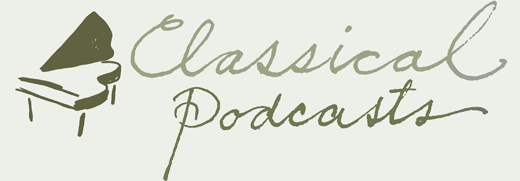Listening Guide
The Work
Date(s) of Composition: 1895-1896; published by Weinberger in 1898; Universal Edition in 1901; revised 1906.
Place of Composition: Steinbach
Premiere: 9 June 1902, Krefeld
Orchestration: 4 flutes (one doubles with piccolo); 4 oboes (4th doubles with English horn); 3 clarinets in B-flat (3rd doubles with bass clarinet); 2 clarinets in E-flat (2d doubles with clarinet in B-flat); 4 bassoons (4th doubles with contrabassoon); Posthorn in B-flat; 8 horns; 4 trumpets (2 additional if possible); 4 trombones; bass tuba; 2 harps; strings; percussion: 2 timpani (3 to a player); 2 glockenspiels (sounding an octave higher than noted); tambourine; tamtam; triangle; cymbals; small drum; a few small drums; bass drum; cymbals; ruthe; 4 to 6 untuned bells; boys choir; alto soloist; women’s chorus.
Performers: Martha Lipton, mezzo-soprano; Women’s Chorus of the Schola Cantorum; Boys’ Choir of the Transfiguration; New York Philharmonic under Leonard Bernstein
Buy this CD on Amazon.com
Text(s): Excerpt from Thus Spake Zarathustra, Part III, Das andere Tanzlied by Friedrich Nietzsche (also known as The Midnight Song); Armer Kinder Bettlerlied from Des Knaben Wunderhorn, II, 375.
Program(s): Although Mahler did not supply narrative program notes akin to the ones he wrote for the Second Symphony, he did give each movement a title, revised the titles several times, and finally eliminated them from both programs for post-premiere performances and from the published edition. I have listed his final version of these titles below, because they give clues of Mahler’s intentions regarding the meaning of the individual movements as well as the symphony as a whole.
Midsummer Morning Dream
Part I:
Introduction: Pan Awakes
Movement 1: Summer Marches In (Procession of Bacchus)
Part II:
Movement 2: What the Flowers in the Meadow Tell Me
Movement 3: What the Animals in the Forest Tell Me
Movement 4: What Man Tells Me
Movement 5: What the Angels Tell Me
Movement 6: What Love Tells Me (What God Tells Me)
